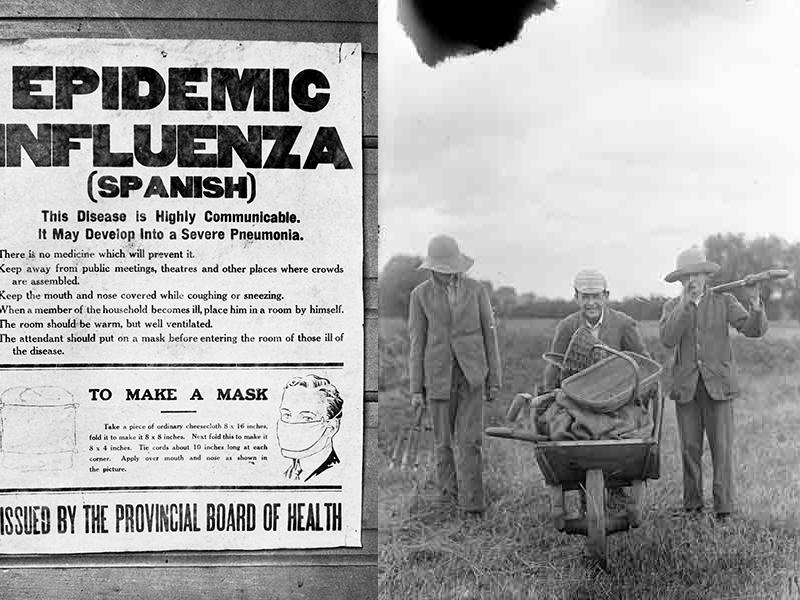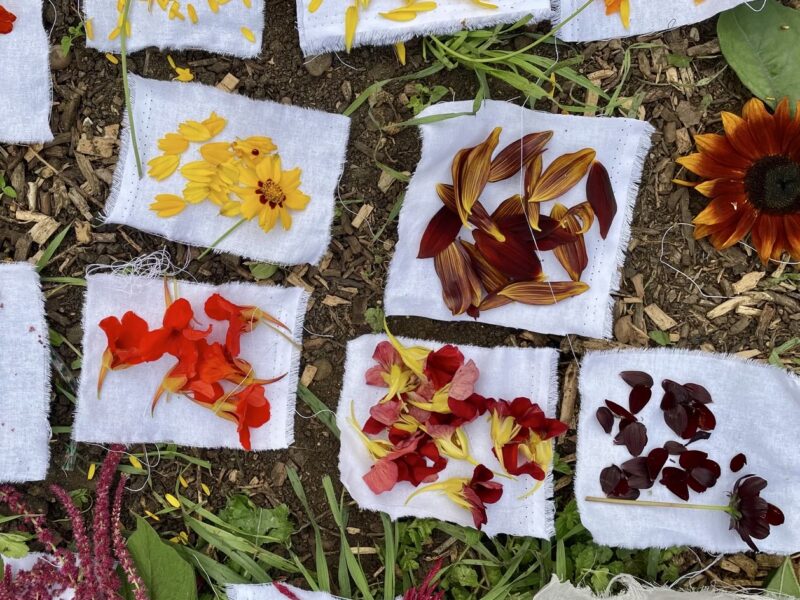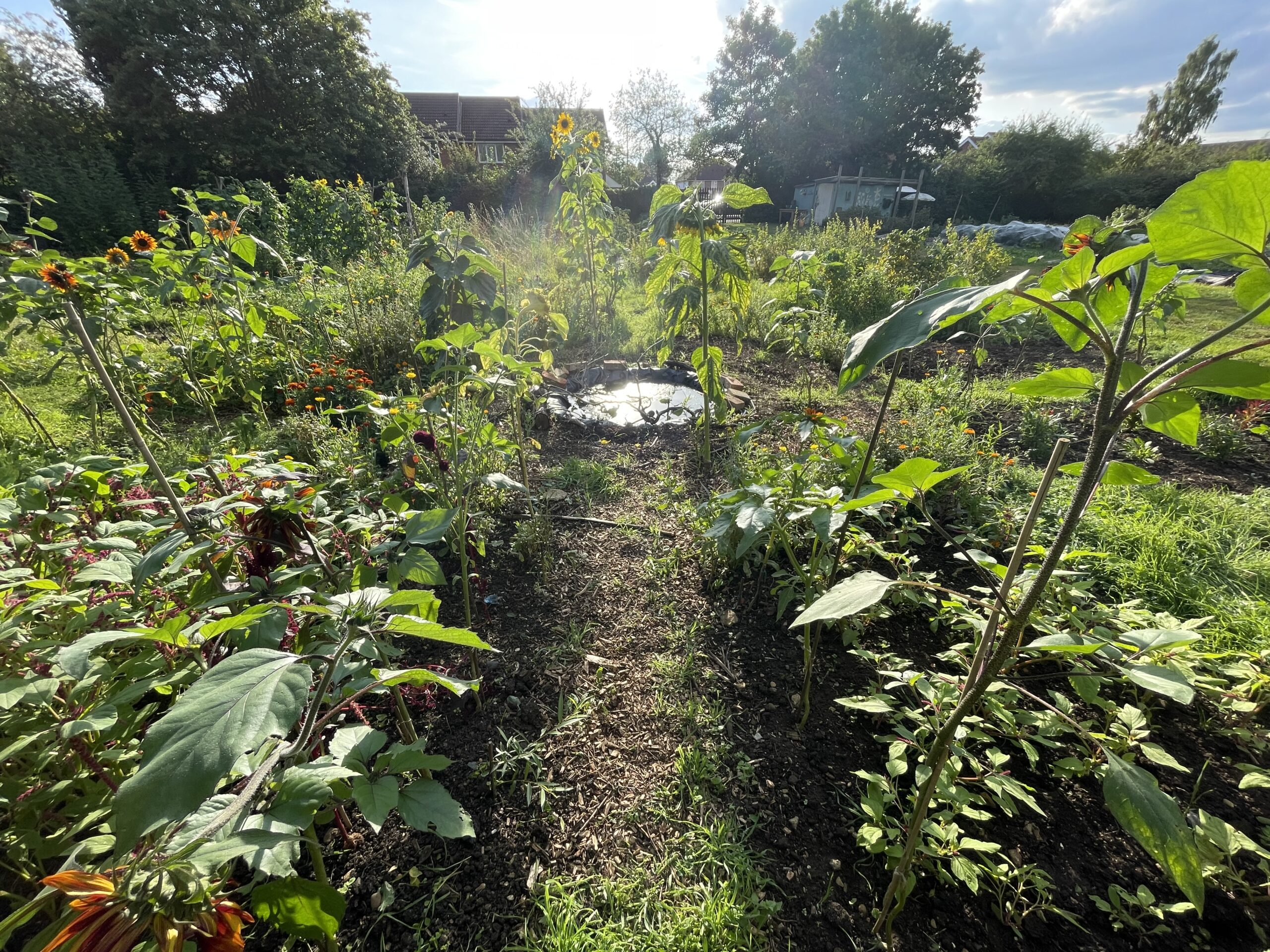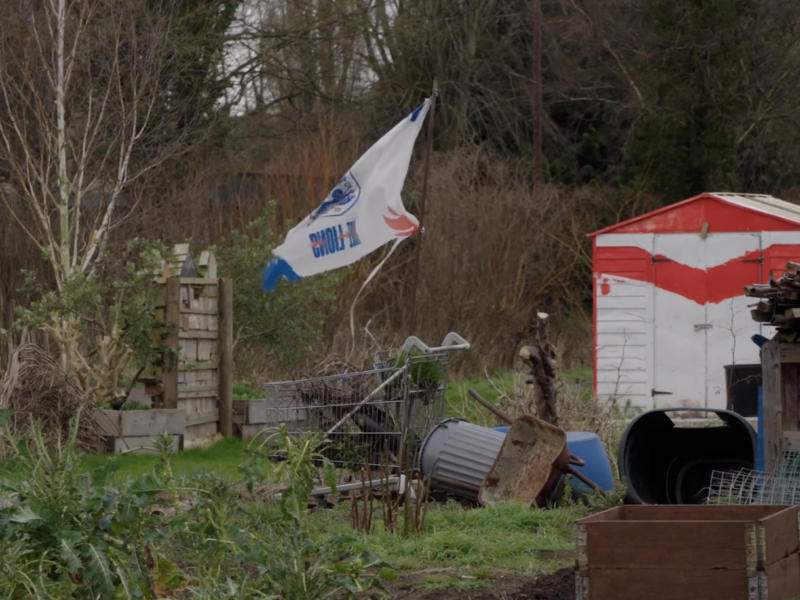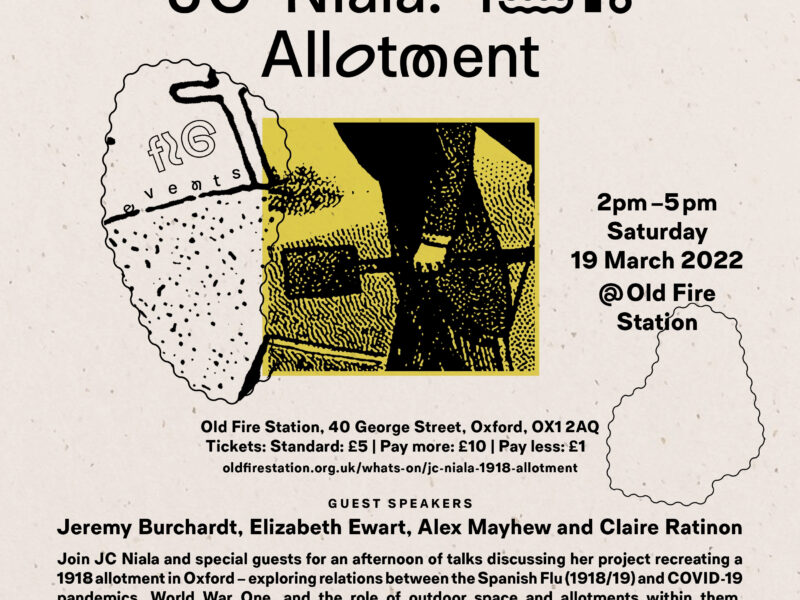Journal — July 2021
This week’s post is going to be a little different. One of the things that I am really enjoying about this project are the people who are getting in touch to share their growing stories and also their stories of remembrance.
Steve Emsley and Gil O’Connell are retired social workers in Newcastle Upon Tyne and have cultivated on West Jesmond Allotment Association since 1989 and their plot has been organic for 35 years. The allotment site celebrated its centenary in 2018.
Steve sent me this initial email which he is happy for me to share:
“Don’t know if you know about our site’s 100 year anniversary.
We had a lunch event with teas and a special shot play. The play (with costume) was based on government agents being informed about seditious activities on the allotments. Gil’s suffragette stood on our plot for a couple of years. She had a ballot box with details about women’s suffrage dates across the UK. The agent eventually rounded up some German spies and a couple of suffragettes who had been agitating for women’s votes amongst the crowd.
Detaining them in the allotment hut. And there it ended.
I had a 1918 centenary bed with collards, orach, some old leeks, potatoes, turnips and a cabbage or two.
From the turnip (a swede actually) and other non-wheat ingredients I made Turnip bread. Why would I do that?
Well in the last year of WW1, much of the wheat we imported from the USA came to grief when sunk by the German navy. We were very short of wheat, hence the creativity of the turnip. Not bad up to about 35%, and mixed with almost any flour from beans, buckwheat, rice etc.
The Germans were worse off – literally starving. They had what was called the Turnip winter. A certain irony coming from the fact that they sunk lots of wheat into the Atlantic.
So we dished out slices of turnip bread and butter to the throngs. We had some 1918 songs blasting out from a WiFi speaker concealed in an old gramophone.
We also showed people our 1918 bed and discussed the veggies and gave out the turnip bread recipe to those who wanted (a surprising number).”
Apart from being excited to be connected to someone else who had recreated a 1918 allotment, it was fascinating to see the same themes emerged. In the photo that accompanies this blog post is an image of the suffragette that Steve references.

I have been thinking a lot recently about the transformation that political franchise brought to women’s lives. One of the benefits of the right to vote was independent access to allotments in cities that did not necessitate a link to a man.
When Steve and I were exchanging emails about my sharing his story there was another line in his email that caught my eye:
There are no fences between plots and a generally friendly atmosphere.
Fences are a type of boundary. Some allotment plots have them and some don’t. Allotment sites usually do enclose all their plots with a perimeter boundary fence which gives some security.
Boundaries are interesting because they are imbued with a lot of meaning. On Steve’s site – the lack of plot fences suggests an increased friendliness. Certainly, I know of sites where every single plot is fenced which can make the site feel like a hostile rat maze.
Surprisingly though, fences can also be a point of social contact where people gather and meet to talk through the fence. Fences need gates and can offer the possibility to show people courtesy by holding them open for someone to walk through.
Next week I will be looking at different types of boundaries and the effect that they have whether or not we directly reference them. World War One redrew the map of Europe and Africa. But there are also other boundaries on allotment sites that can tell us much about how we view and treat the world. Finally, if you do want to get in touch with me or would like me to feature a story, you’re welcome to send an email to info@fig.studio Make sure to write For the attention of JC Niala in the subject line. I look forward to hearing from you.
